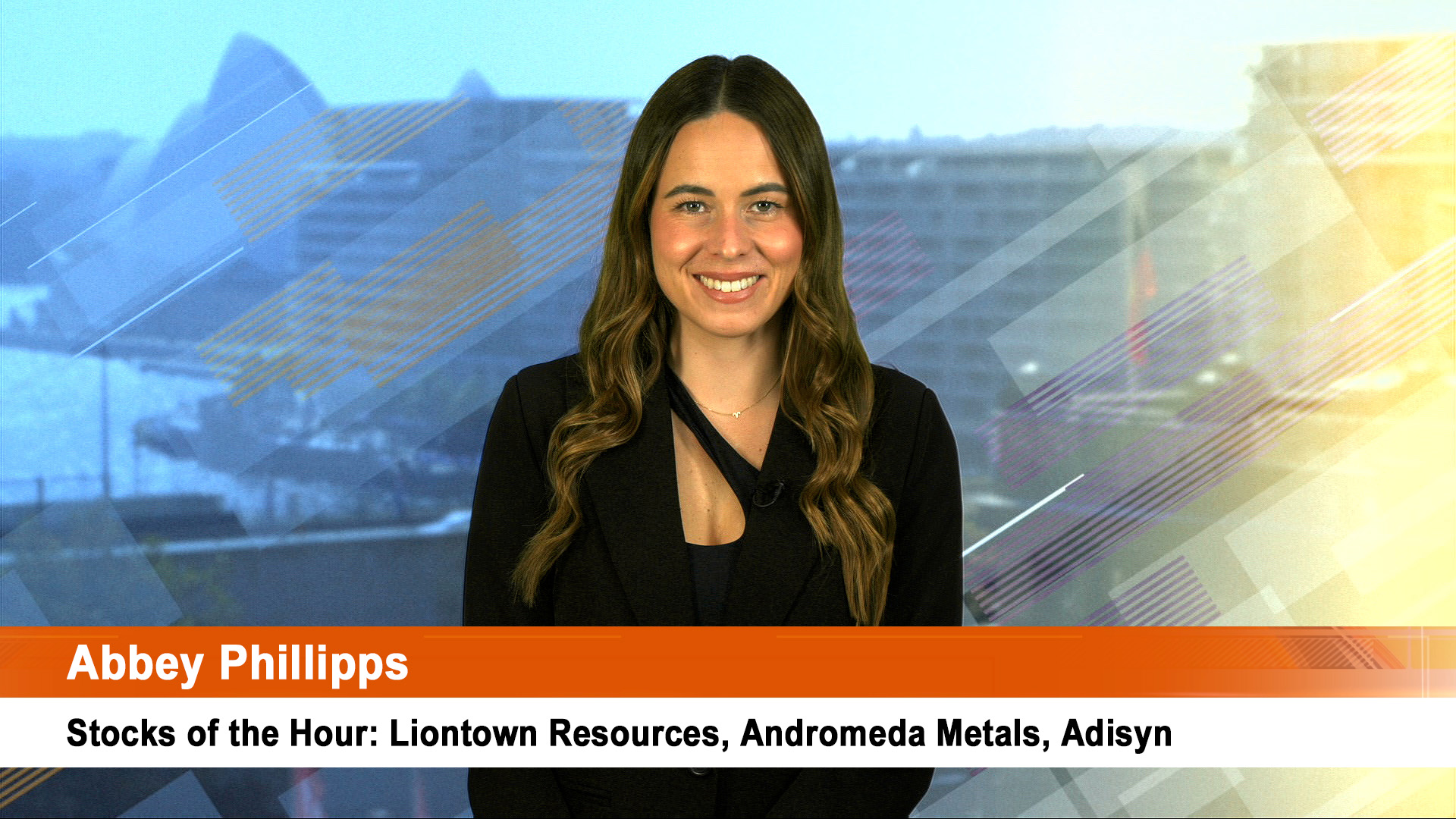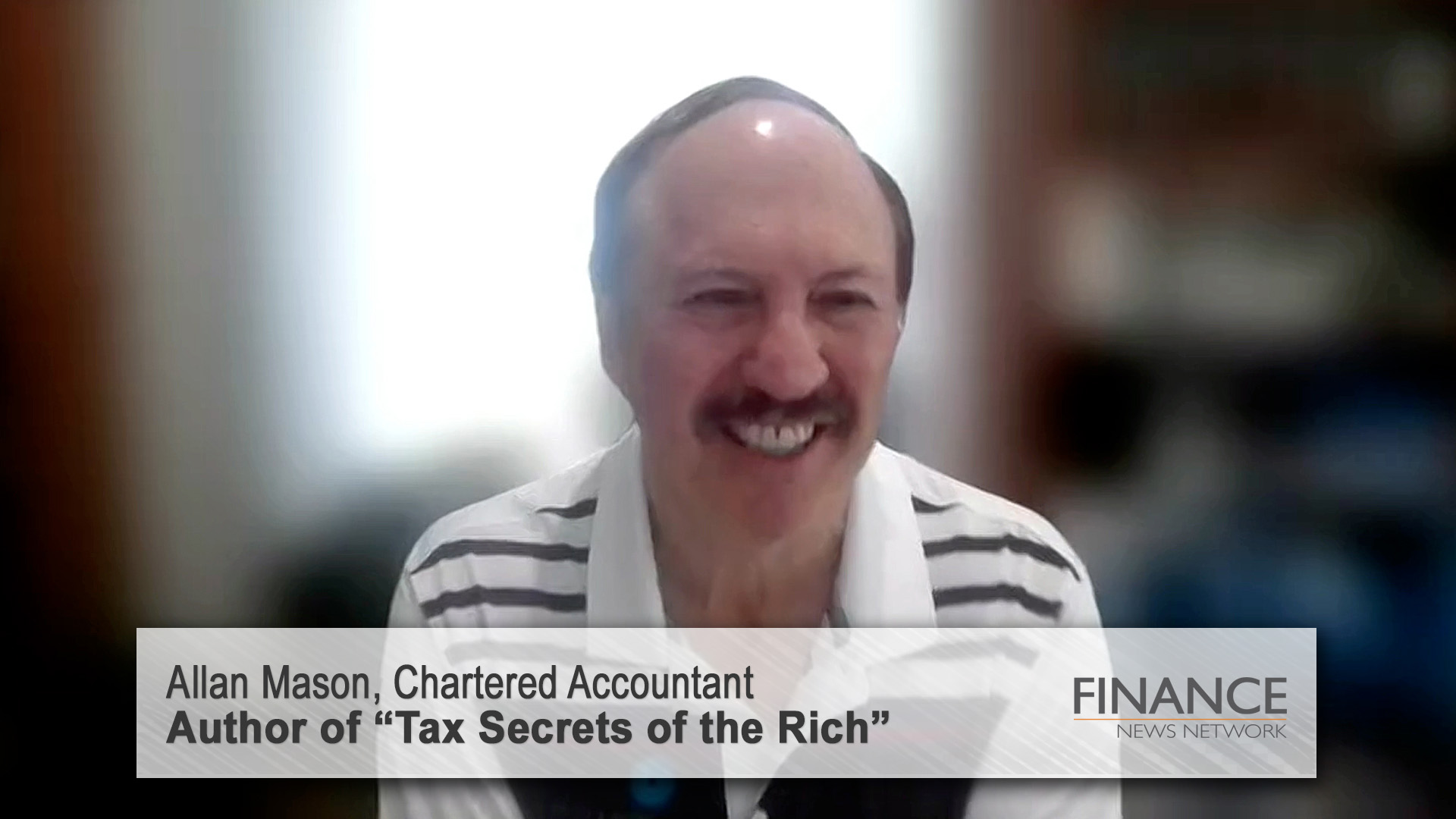
Australian business conditions and confidence stabilised in May but there are signs local employers are starting to trim employee numbers, according to the latest monthly business survey from the National Australia Bank.
That development supports signs of a down-turn in job ads last month in the media and on the internet, according to the latest ANZ survey of job advertising.
The NAB survey found business confidence rose four index points in May to minus-four points, meaning pessimists still outnumber optimists. The gloomy outlook was more pronounced in the construction and retail industries (but not in JB Hi-FI, see above) and there was some improvement in finance and wholesaling.
But business conditions remained at their lowest level since December 2002 at plus-seven index points as the weakness in sales and profits started employers reassessing plans to add new workers to their payrolls.
NAB said that pushed the employment indicator down four index points to plus-five points.
"There does appear to be a significant rethink by business about the demand for labour going forward," the report, written by NAB economists Alan Oster, Jeff Oughton and John Sharma, said.
"Clearly, outcomes are turning out worse than earlier expected and the latest expectations have been revised down significantly further."
And it was if the latest ANZ job ads series survey was released to coincide with that development.
According to this survey May saw newspaper and website job advertisements drop a seasonally adjusted 1.7% to a weekly average of 270,754.
While it was the third fall in the first five months of this year, the number of jobs advertised was still an impressive 9.5% rise in May than in May 2007.
That was due to remnants of strong growth in internet job ads as newspaper advertising for employment continues to weaken.
Job ads in major metropolitan newspapers fell by 13.5% in May to a weekly average of 17,196.
That was the largest monthly decline in almost eight years and newspaper job ads are now 15% lower than May 2007, which is bad news for the likes of Fairfax, News Ltd and APN News and Media. Print media ads declined in every state and territory last month, with NSW seeing an 11.7% fall.
Nationally, internet job ads fell by 0.7% in May to an average of 253,554 a week, but that was still up 11.8% on May of last year. In the year to May, net job ad numbers grew by 11.8%.
Economists now wonder if the May employment figures, out tomorrow, will show the first hint of a drop for the first time. But they still expect the unemployment rate has remained steady at 4.2% in May, slightly above February’s 33-year low of 4.1%.
They also expect 13,500 jobs to have been created last month.
Looking at employment in its latest survey, the NAB forecast annual employment growth to slow to 2.25% early next year, and 1.5% by late 2009.
It said the unemployment rate was expected to be between 4% and 4.25% for most of this year before rising to 4.75%-5% by late 2009.
The NAB report suggested that wages growth remained high in May, increasing by 1.5% to be 5.3% higher over the year to May. But that’s well above what official figures in the various Australian Bureau of Statistics surveys are showing.
Price inflation continued to accelerate, the report found, despite a slight easing tone in May.
Prices are being boosted by higher energy prices which are running close to $US135 a barrel, but the NAB expects oil to soften to around $US110 a barrel by the end of the year and run at around that level in 2009.
The NAB said the Reserve Bank would be on aggressive inflation watch "for some time" with a clear upside bias, but likely to stay its hand on rates on hold for the rest of 2008.
"Any signs of strengthening domestic growth, tighter labour market or especially wages pressures could well trigger further cash rate tightening," the report said.
"With core inflation to remain around four per cent in 2008, cash rate cuts this year are very unlikely."

And further confirmation yesterday of the down-turn in the housing industry.
Although April building approvals showed a surprise gain, that was due wholly to a surge in the number of apartments approved in Queensland.
Without that boost building approvals were down 3% in the rest of Australia and that’s the extent of the fall in lending finance reported yesterday by the ABS.
The figures show that Australian housing finance commitments for owner-occupied housing fell 3.0% in April, seasonally adjusted, to 57,503 while total housing finance by value also fell 3.0% to $19.464 billion.
That was more than the market estimate of a fall of 1.9% for owner occupier finance.













